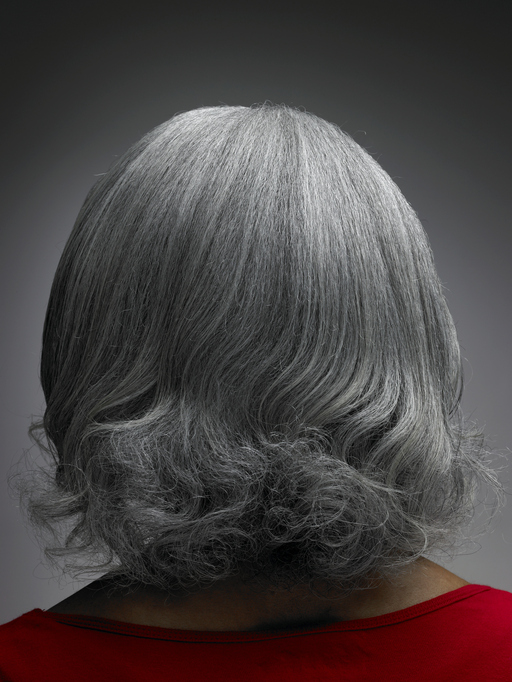 While some women proudly sport their silver crown of splendor, many others dread the arrival of new gray strands on the daily! The good news? More and more women are embracing it. Hey it's yours, so rock it! Just like actress and twin, Tia Mowry. She looks beautiful!
While some women proudly sport their silver crown of splendor, many others dread the arrival of new gray strands on the daily! The good news? More and more women are embracing it. Hey it's yours, so rock it! Just like actress and twin, Tia Mowry. She looks beautiful!
Now, Scientists have been hard at work on discovering what causes hair to gray as well as how to prevent it.
READ: Q&A: Is There A Way To Prevent Gray Hair?
Still, whether going gray is no big deal or a puzzling hit to your vanity, it’s a fact of life. So let’s help you better understand it.
What causes hair to turn gray?
Believe it or not, hair in its basic unpigmented state is white. It receives its color from melanin, that same magical pigment that determines skin color. There are two types of melanin, eumelanin (dark brown or black) and phaeomelanin (reddish yellow). When combined, they create a wonderful wheel of colors including strawberry blonde, jet black, golden brown, etc. However, as we age, the pigment cells in our hair follicles gradually die. When there are fewer pigment cells in a hair follicle, that strand of hair will no longer contain as much melanin, in turn, becoming a more transparent color — like gray, silver or white.
READ: Food Coloring: 5 Natural Hair Dyes From The Kitchen
Race plays a major role.
According to Jeffrey Benabio, a dermatologist with Kaiser Permanente in San Diego, CA, Whites typically start to notice gray strands around age 35. Meanwhile, African Americans tend to be 40 when it begins. Furthermore, about 50 percent of people have half a head of gray by the time they're 50.
Stress may or may not cause graying.
When President Barack Obama went gray his first term in office, was it stress? According to scientists, the verdict is still out. In 2011, a study by Nobel Prize winner Robert Lefkowitz discovered that long-term productions of the body’s fight or flight response—the instinctive ability to mobilize energy in response to a threatening situation—can damage your DNA and cause premature aging, like gray hair.
Meanwhile, Rachel Grante, Colour Director at Arthur Christine salon, tells BlackDoctor.org graying is caused “mostly by stress.”
“If an individual goes gray before their time (my mother went gray in a day after she received a heart transplant) it is likely due to a high level of stress or internal issues like diet, depression, being gravely ill and neglecting to take your vitamins or eat enough protein,” she added.
Blame your genomes!
“Genetics is also a factor,” Grante said of clients she’s seen who have gone gray as young as 17-years-old. According to NCBI, Grante is spot on. From birth, your genes are already hardwired for when and how your hair will turn gray. Dermatologists go by the 50/50/50 rule of thumb: by age 50, half the population will have at least 50 percent gray hair. Although a worldwide survey showed that number was much lower, with only 6 to 23 percent of people half gray by age 50.
While you can’t change your genes there are several things you can do to avoid becoming an accidental victim of early onset salt and pepper strands. For example, eating foods such as liver, carrots and foods packed with vitamins, nutrients and antioxidants. Not only do these foods help prevent heart disease, cancer and other ailments, some researchers believe they also prevent gray hair. Nice!









